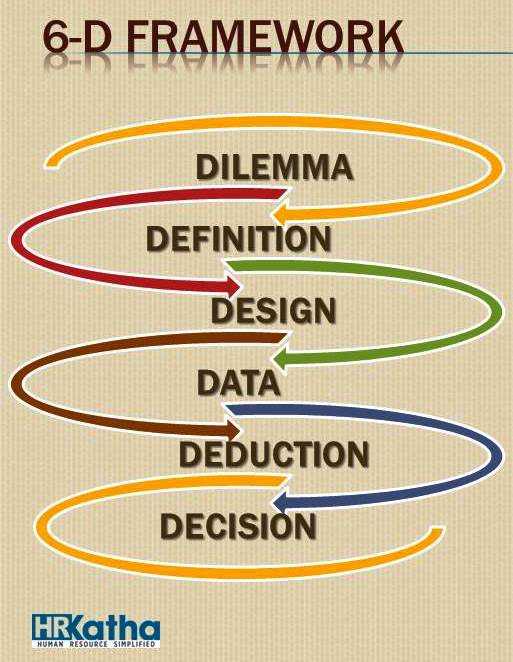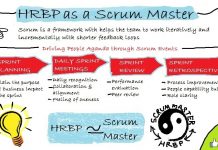HR Analytics is the most challenging among different types of analytics as it involves both the hard and the soft data points.
Business analytics is a glamorous word in B schools and in the the corporate world today. HR Analytics is not too far behind either, and is catching up in the HR circles. The latter involves demonstrating to the management the value derived from the many investments made on the employees and gaining more clarity on the people problems. It is not finance nor is it just quants. It is a scientific analytical approach to understand a people context beyond the periphery to make appropriate recommendations.
Why HR analytics?
While the people asset is very valuable, it is also quite fussy, and intangible in certain ways. So, how does one define the leadership competence required for the existing business, and for the strategised future for different levels and roles? The question is far from simple.
HR Analytics is the most challenging among different types of analytics because it deals with questions such as these, involving both the hard and the soft data points. Some HR analysts claim that a 100 questions can be answered with HR analytics. Anything to do with the business other than physical resources can be examined through HR analytics because there is a people element therein.
Here are the six frameworks.
Dilemma
This refers to any pressing business problem that can get identified at two levels—the symptom level and the problem level. For instance, failure to deliver to the client by the deadline is a symptom, the cause of which would be inadequate competence in the project team, which is the problem. The next level question could be: Why is there a gap in competence of the team? In this manner, more questions can be generated through different levels of speculations, which need to be explored further.
Definition
This component is about developing more clarity on the problem by exploring various possibilities. For instance, the gap in competence can be caused due to some problem in recruitment and selection, or maybe something to do with managing the performance after a good selection. Were their goals clear? Did those involved in the project understand the bigger business picture? Did it have something to do with information sharing within the team culture? Was an attempt made to map business requirements to the existing skill inventory of people? Is there a problem with the supply of people? The possibilities can be many. As one explores these, one funnels down to a few possibilities, which need further examination to provide clarity on the critical dimensions of the problem. Basically, the approach to understand is either for an exploratory purpose or a descriptive purpose or to check for a cause-effect relationship.
Data
This is yet another component in the framework. If a training gap is identified as one of the key reasons for the competency gap, the next question will be to check why it did not take place and what are the data requirements to go deeper into this. One way can be to check the training calendar to understand whether there were adequate number of trainings; the types of trainings held; the gap between the types requested and the types organised; the acceded and conducted trainings; the training content and programme; the trainer, and the assessment mechanisms to understand whether the skill has been acquired on the job among many others. There can be ‘n’ number of such data that needs to be examined. One has to be able to sieve through and understand which data is important within the scope of the problem to analyse further.
Design
This component is about the approach to data collection. Are only the projects facing problems being explored? The selection of the relevant data sources for examination is what is termed as sampling. There should be a valid reason for choosing a particular domain, vertical, role or level, for examination. The approach regarding the subject for data collection, the location and sources of data and the technique of collecting data points, form part of the design component. The tool is the mode of collecting data, such as interviews or survey. This makes the difference between a qualitative and a quantitative approach. The former focuses on understanding people, objects and events qualitatively, while the latter brings in metrics and numbers for a quantitative statistical analysis. Both can supplement each other
Deduction
This component is concerned with the manner of analysis and the way sense is made of the data. Data can be qualitative or quantitative or a combination of both. Take for instance — observation of productivity of workers on the shop floor, after mechanisation. In this context, one may have data on a non- mechanised floor and a mechanised floor. Have observations been made of the movements of workers or their conversations or their style of taking momentary rest, etc? These are qualitative data from which one needs to deduce answers to the question – which group was more effective? One can also have quantitative data for analysis such as the number of products despatched, number of errors identified through quality checks or the rate of absentiism, among others. The scheme of analysis is designed according to the objective or the questions for which one seeks answers— whether to understand a pattern, description or to infer cause-effect.
Decision
This component is all about recommendations based on the findings deduced and about generating alternatives and action plans. It involves discussion of cost benefit implications for the organisation, based on a good understanding of the context beyond the periphery.
To sum up, each of these components is important and not sequential or completely exclusive of each other. They have to be considered holistically in the process of examining to understand things better.
At a simple level, the 6D framework sums up a meaningful approach to HR analytics to scientifically identify and define the HR problem and also devise the means to recommend solutions. This is done by developing the required metrics and testing out the propositions of value add based on a quantitative and/ or a qualitative approach. It can analyse most questions in a people context by developing appropriate metrics and scientifically generating an array of recommendations from amongst which one can make a scientific and informed choice.
(The author is associate professor, Indian Institute of Management Tiruchirappalli.)
Value our content... contribute towards our growth. Even a small contribution a month would be of great help for us.
Since eight years, we have been serving the industry through daily news and stories. Our content is free for all and we plan to keep it that way.
Support HRKatha. Pay Here (All it takes is a minute)



























